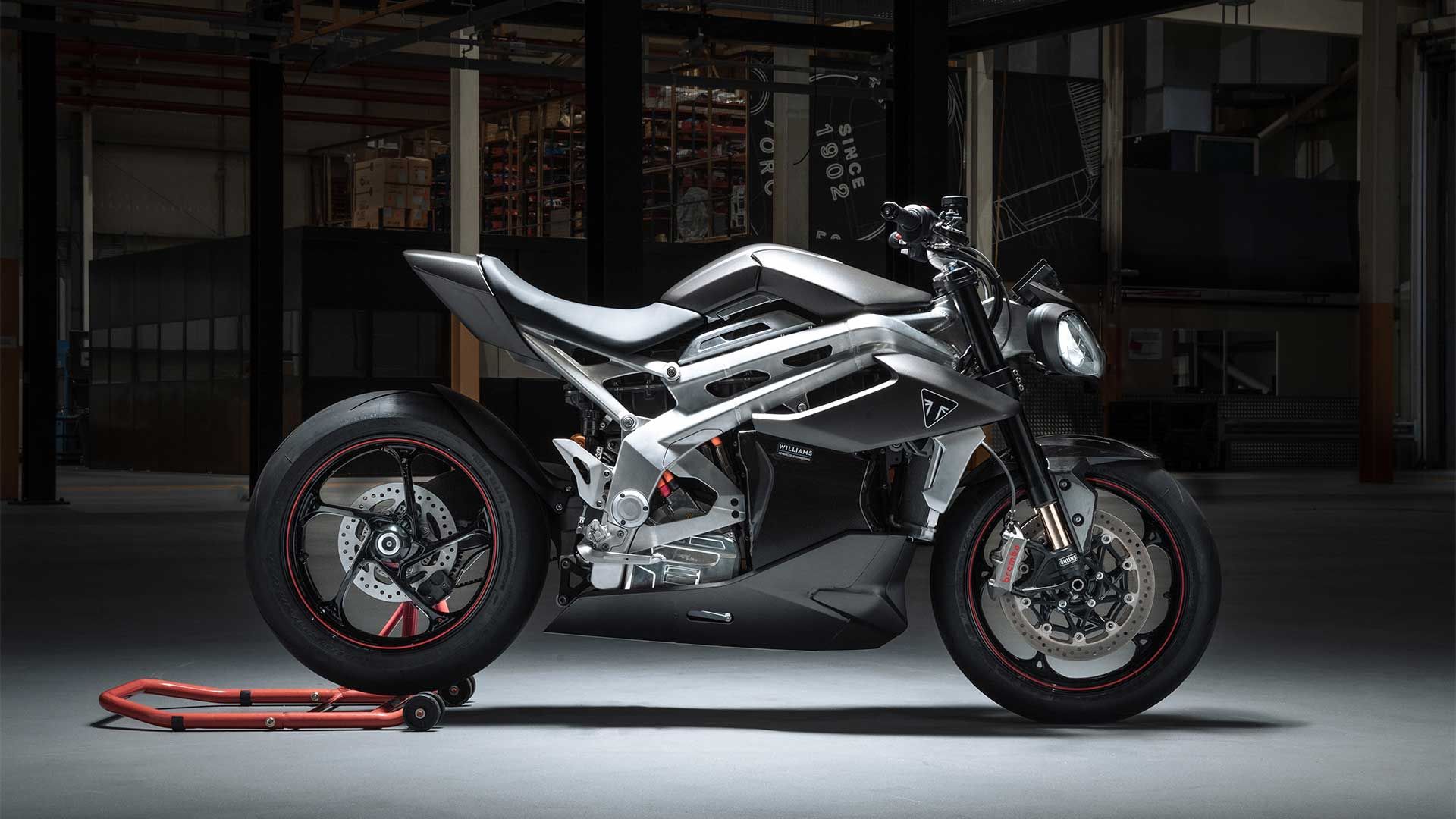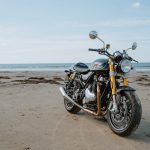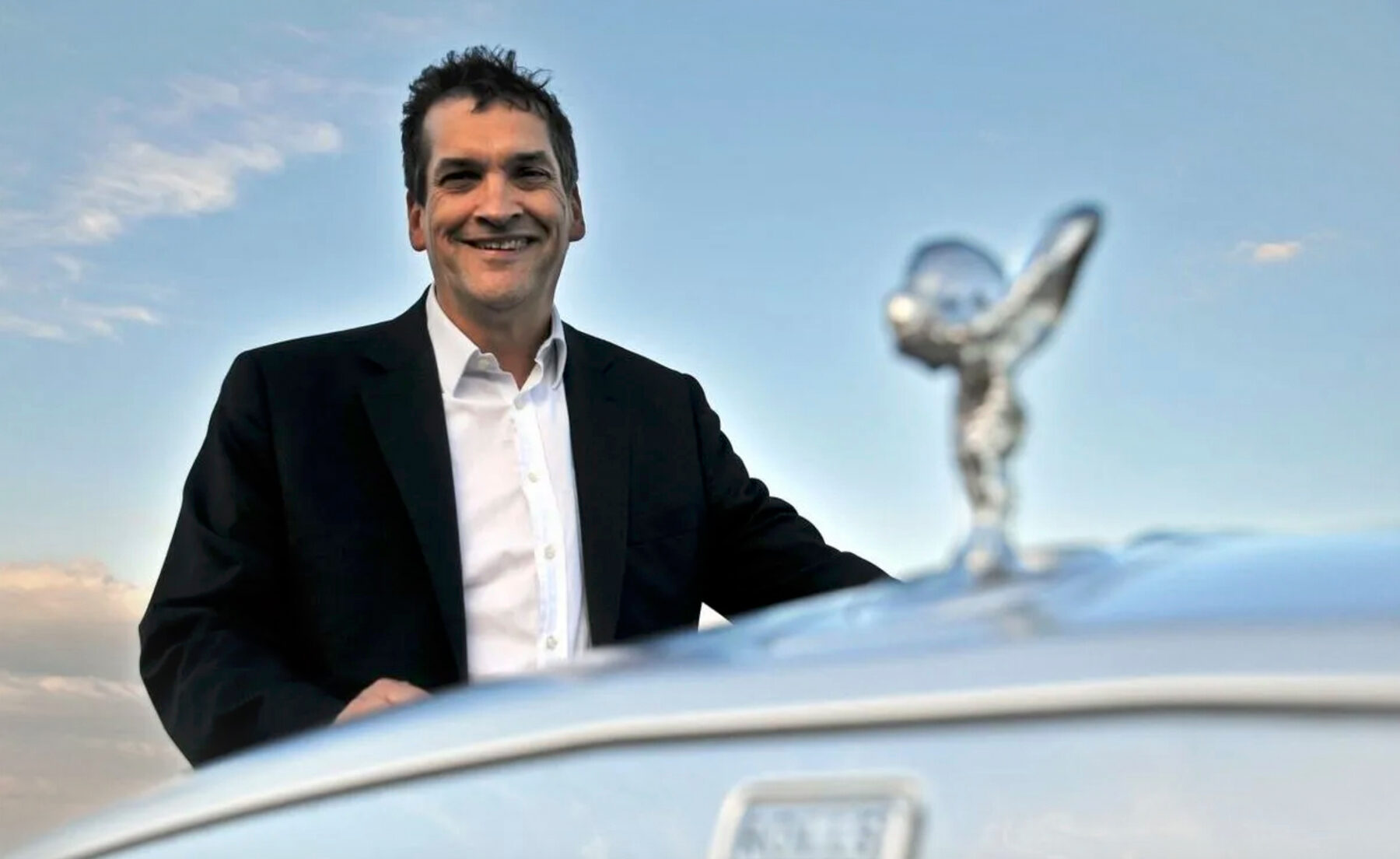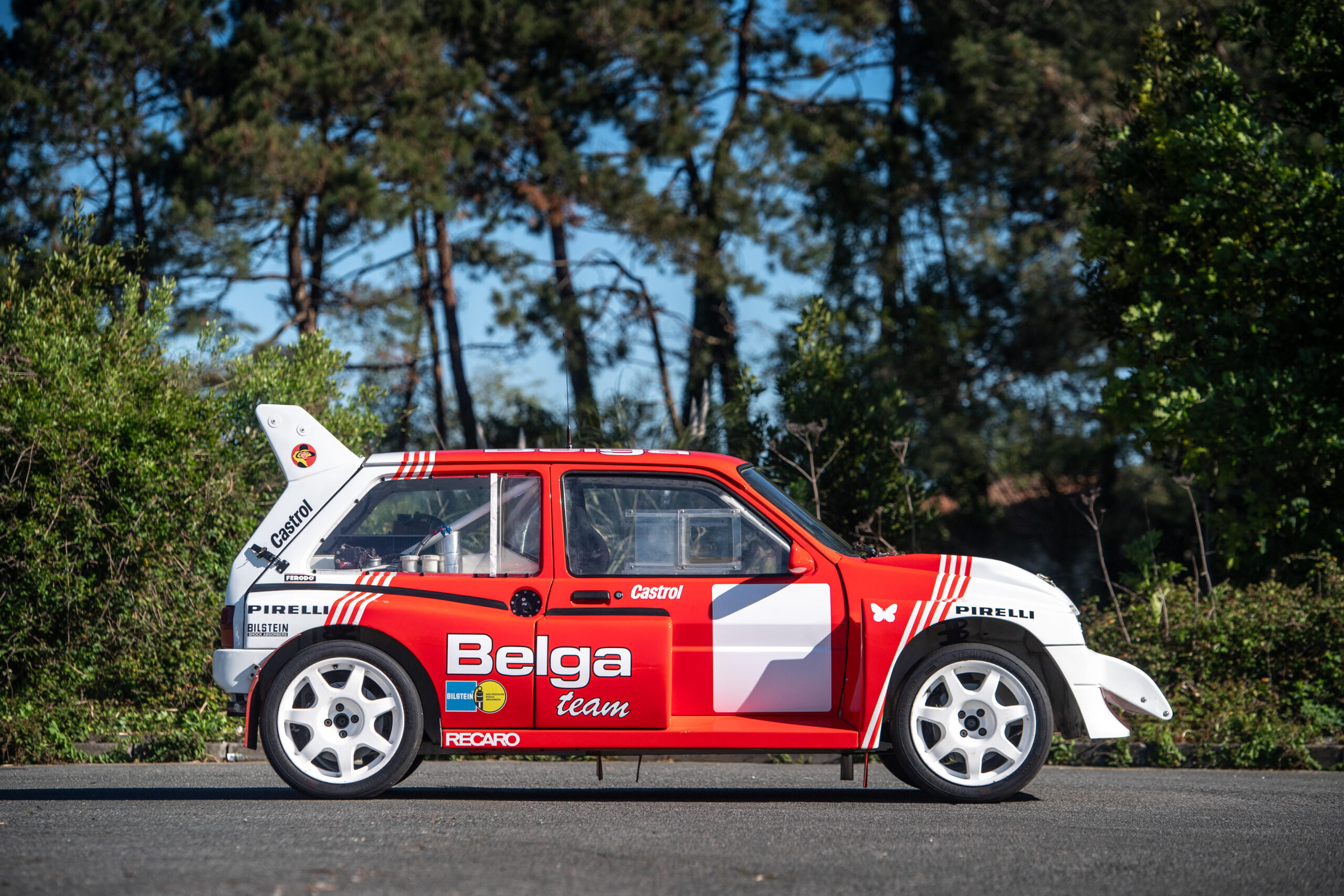An eerie silence is set to descend over motorcycle showrooms, from 2030. Sales of new petrol-powered mopeds and motorcycles are set to be banned from 2030 and 2035 respectively, the UK government has announced.
A consultation was launched yesterday, and will close on 21 September. However, most within the motorcycle and wider automotive industry expect it’s a foregone conclusion, given sales of combustion-powered cars are already set to end from 2030.

The government estimates there were 1.4 million motorcycles licensed for the road, in 2020. While some riders had hoped that new bikes would avoid any switch to electrification, the Department for Transport has said it doesn’t want bikes to continue with fossil fuel “as the rest of the vehicle fleet cleans up.”
It says: ‘Zero emission motorcycles and other powered two wheelers are an efficient and clean form of mobility that can reduce congestion, improve urban air quality and reduce noise – we will take forward measures to remove these emissions, including consulting on a date to end the sale of new non-zero emission motorbikes, ensuring we support the development of new industrial opportunities for the UK.’
In preparation, the DfT says it has earmarked £582 million for grants toward plug-in motorcycles, vans and taxis.
However, the Motorcycle Industry Association (MCIA) has criticised the government’s strategy. It says the bike industry needs more time to phase out larger, combustion-powered motorcycles, and says smaller, petrol-powered bikes are more efficient and cleaner than most electric cars.
“The Government has not considered the complexities of the L-Category sector in terms of what is and isn’t feasible when it comes to phasing out the other key segments of the market,” MCIA Chief Executive Tony Campbell said.
“The MCIA and its members will be continuing to push the case for why large capacity motorcycles need more time to phase out and are looking forward to fully engaging with the consultation process to ensure the best outcome for industry”.
However, Harley-Davidson has already brought an electric motorcycle to market – the Livewire. And British motorcycle brands are already working toward electrically powered large motorcycles. Norton has secured what it calls ‘significant funding’ funding from the Advanced Propulsion Centre to research and an electric motorbike satisfies the brand’s criteria for performance, touring range, and lightweight handling. Triumph, meanwhile, has been learning from its first prototype electric bike, the TE-1, which offers a 100 mile range, 175bhp kick and weighs 220 kg.
Those who have a craving for their first or indeed last petrol-powered motorbike now face the head-scratching moment where they’ll have to decide when to take the plunge, before such new bikes vanish from showrooms.
Read more
I’ve found biker heaven: Riding the dunes at Wheels and Waves
Live out your Tron fantasies with this Moko Powa D10 bike
Rudge match: The ins and outs of owning a pioneer motorcycle








